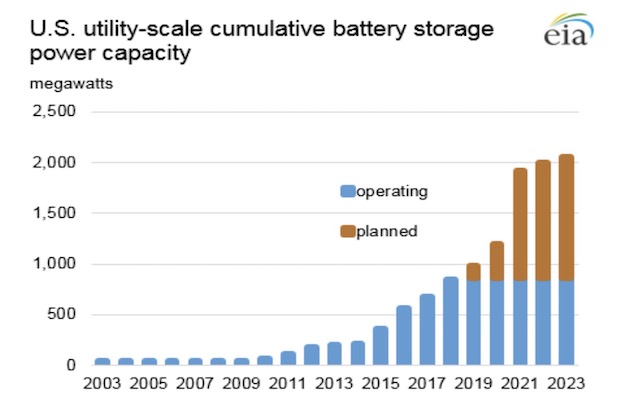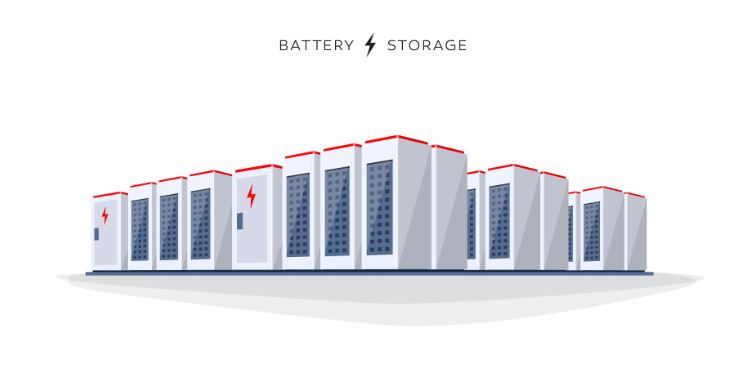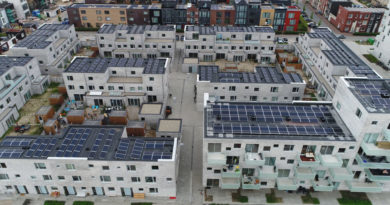Advances in Storage Disrupting the U.S. Electricity Sector: IEEFA

The report ‘Advances in Electricity Storage Suggest Rapid Disruption of U.S. Electricity Sector’, by IEEFA details upstart storage and storage-expansion projects in Arizona, California, Hawaii, Florida, Massachusetts, New Hampshire, Nevada, Texas, and Vermont.
Dennis Wamsted, an IEEFA analyst and lead author of the report, said recent evidence of utility-scale storage adoption is most likely the beginning of a trend that will take hold broadly across the industry, benefitting renewables at the expense of gas- and coal-fired plants. “Bigger changes loom,” Wamsted said. “In the many examples, we researched, each project, by and large, was driven by one of several value streams—cutting transmission charges, providing grid resilience, offering peak power, allowing for early plant closures and the like—even if other benefits were accrued too.”
The report details dozens of examples of electric companies large and small finding an assortment of cost savings in electricity-storage technology and portability.
Key Findings:
- Battery storage in combination with solar can be used to facilitate closure of coal and natural gas plants currently being used largely for peaking or seasonal needs, as shown by the NV Energy decision to close the North Valmy coal plant in Nevada, and by Florida Power and Light’s plan to shut two aging natural gas units in Florida.
- Battery storage can be used to meet system peak needs, as SCE is doing in California in replacing the two-unit Mandalay natural gas peaker plant.
- Battery storage can be used to provide firm renewable power, as both Arizona Public Service and Hawaiian Electric are demonstrating with projects they have named, respectively, “Solar after Sunset” and “Renewable Dispatchable Generation.”
- Battery storage offers utilities significant opportunities to boost system resilience and cut costs at the same time, as is being demonstrated in a number of other projects highlighted in the report.
- Battery storage can be used to enable more residential solar systems to be installed on local distribution lines without requiring potentially costly and time-consuming system upgrades, as can be seen in an existing program in Vermont and in one being proposed in New Hampshire.
- Battery storage can be used to improve the economics of existing utility-scale solar generation, as can be seen in the discussion about Vistra’s battery storage retrofit at a Texas PV plant.

Wamsted said economies of scale will help drive the expansion of utility-scale battery storage, as will a growing recognition by utility companies of the business case for embracing the shift: “It is likely that developers and utilities will be able to stack these benefits, making storage even more economically competitive.”
In the Indian context where costs are decisive, not just important, prices are fast reaching a point where a shift could start in earnest here too. Probably by early 2020, by when, respect to see a much more conducive policy environment too, be it in terms of more open access states, independent of grid rooftop solar and much more.








